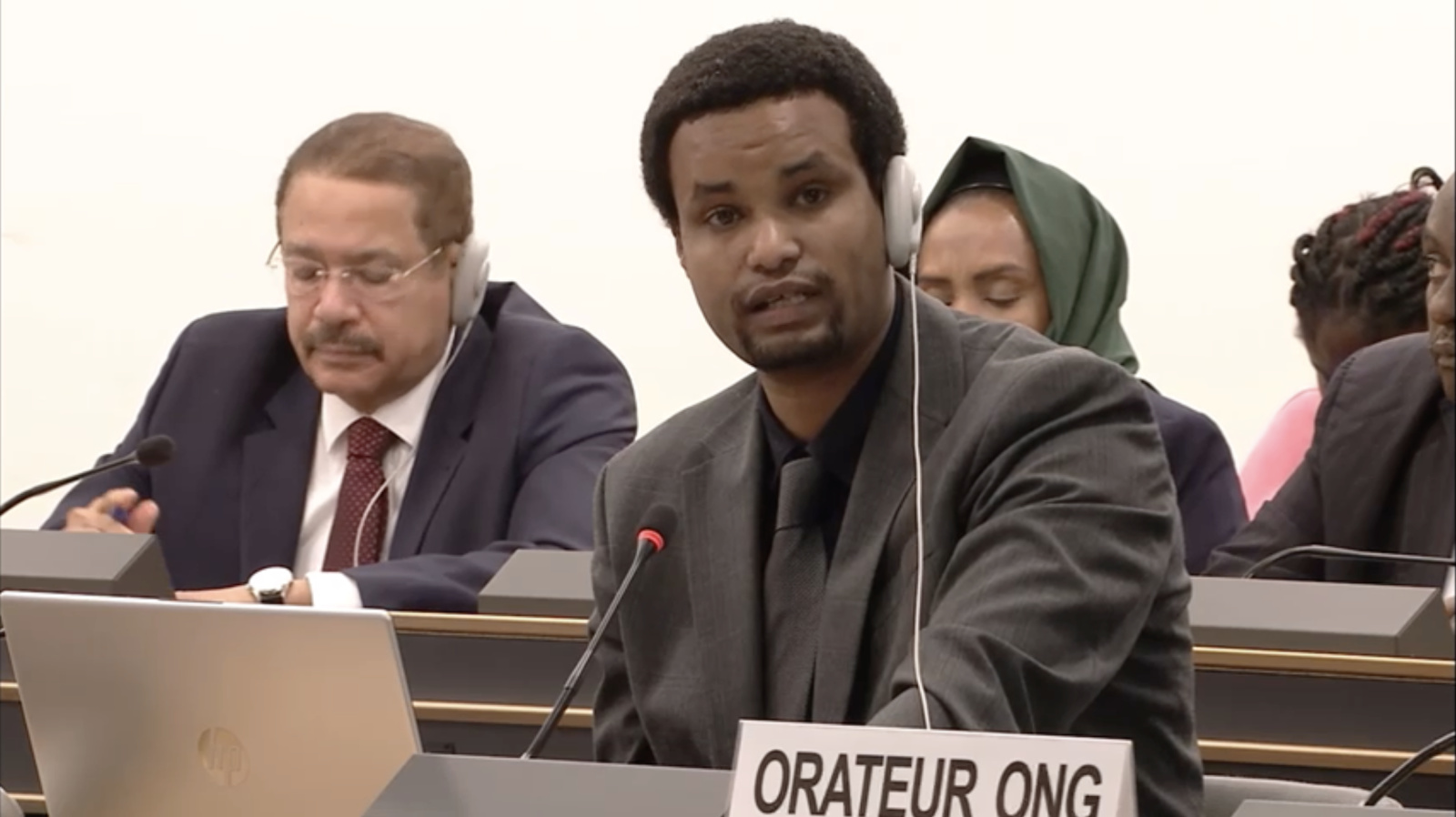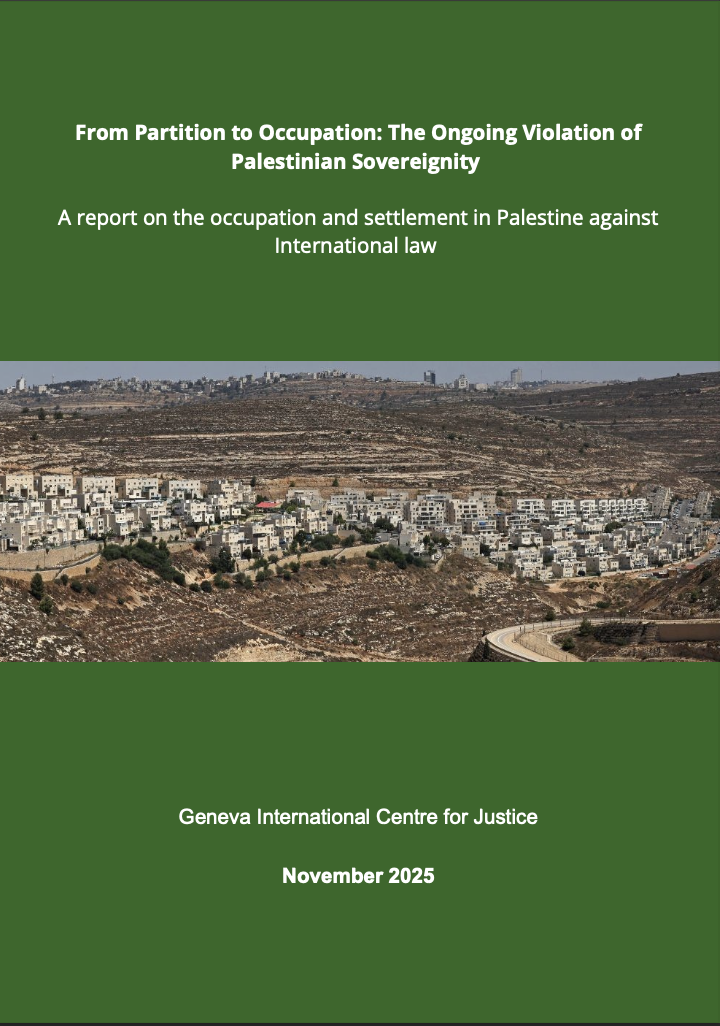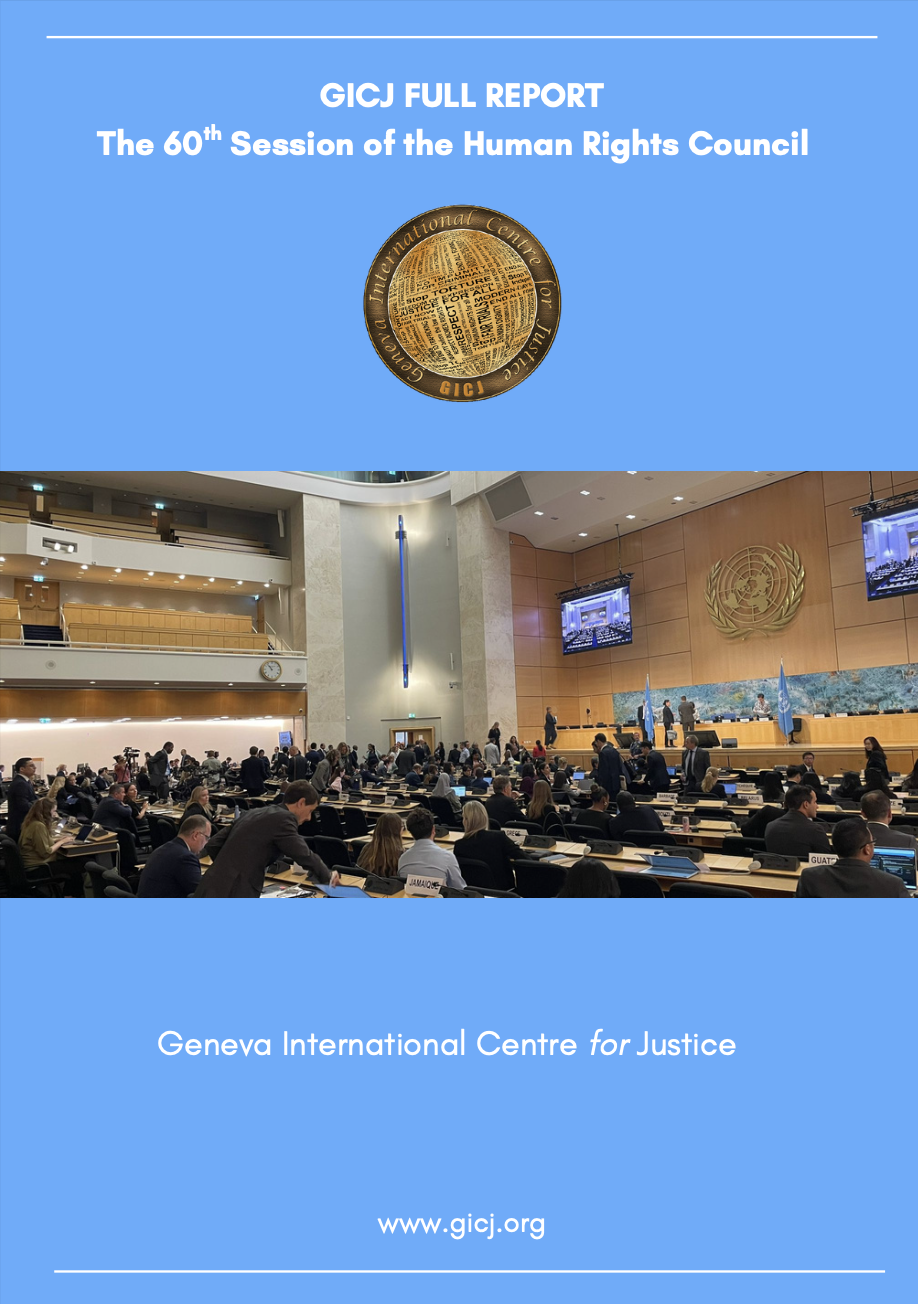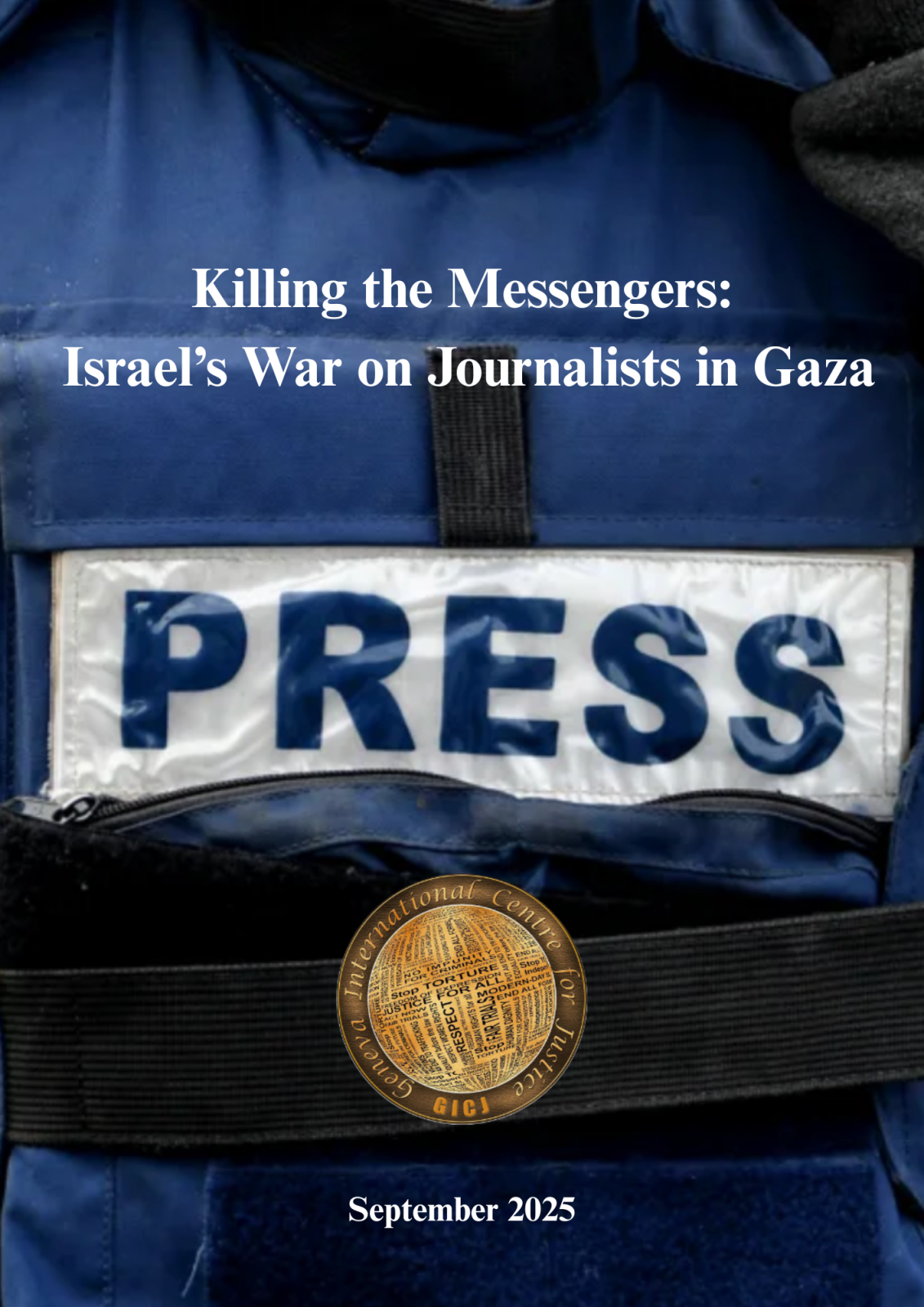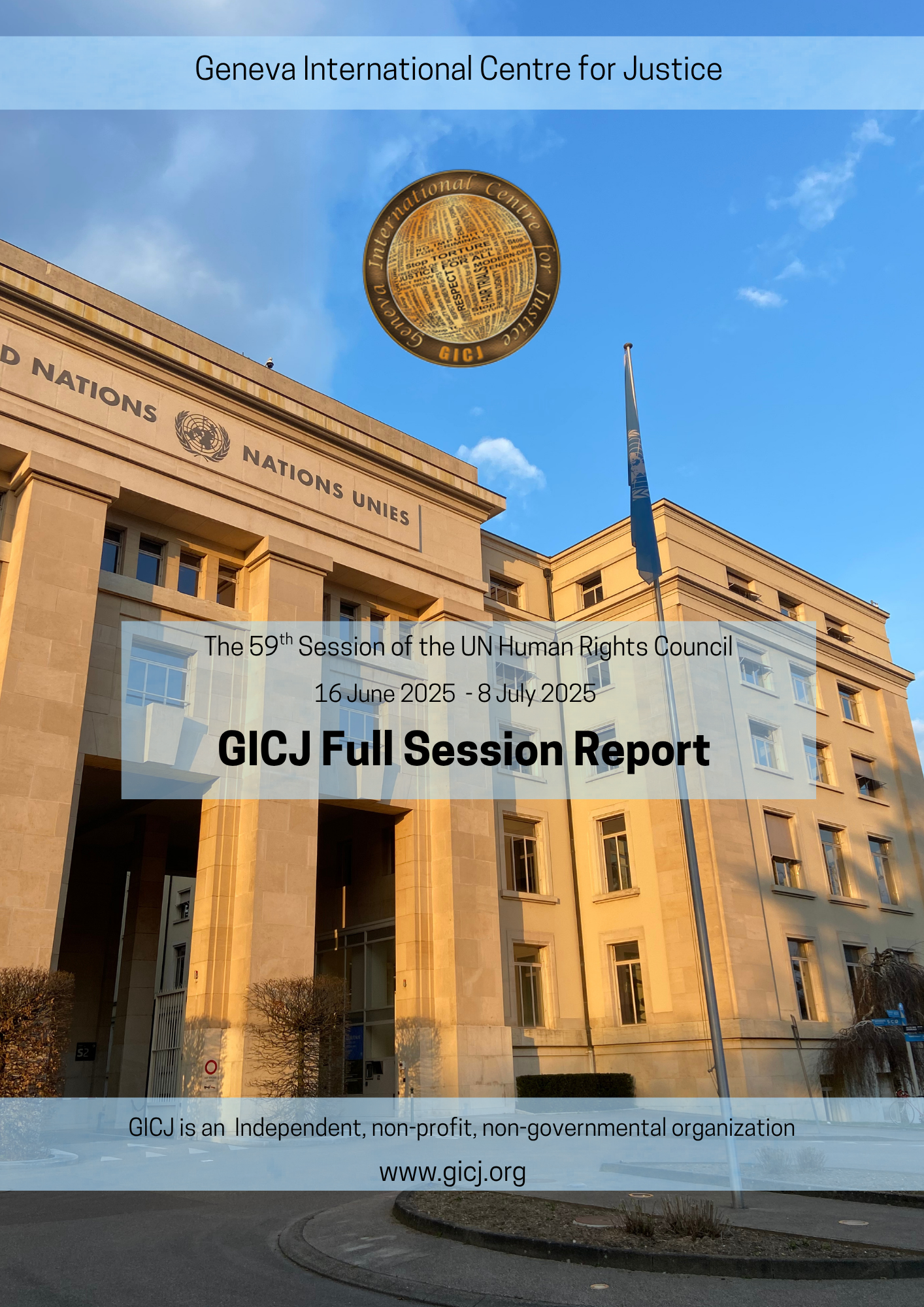Millions at Risk: The Alarming Rise of Hunger in West and Central Africa
By Teboho Mosebo/ GICJ
Introduction
Africa is facing a severe food crisis, with an estimated 52.7 million people projected to experience acute hunger between June and August 2025. Hunger poses a significant threat to vulnerable groups, fueled by factors like conflict, climate change, and the ongoing impacts of Covid-19.
In Africa, over 1 billion people lack access to nutritious meals, and 30% of children suffer from stunted growth due to malnutrition. Furthermore, an estimated 20% of Africans are underweight. The Covid-19 pandemic has exacerbated the situation, leaving millions more facing hunger and malnutrition.
Regions most affected by food insecurity
The hunger crisis has severely impacted the Horn of Africa, as well as West and Central Africa. In the Horn of Africa, ongoing conflicts and one of the worst droughts in decades have left millions facing severe starvation. For instance, in 2023 and 2024, the escalating conflict in Sudan pushed 8.6 million more people into extreme hunger. In addition, 43 million people in Somalia faced acute food insecurity from October to December 2023, with millions more at risk of famine [1].
In 2024, in West and Central Africa, the June-August lean season was expected to push approximately 55 million people into food insecurity, marking a four-million increase from November 2023. The situation was particularly dire in northern Mali, where conflict put an estimated 2,600 people at risk of starvation. Nigeria, Mauritania, Ghana, Sierra Leone, and Mali were among the countries hardest hit by the food crisis. Economic challenges, including currency devaluation, soaring inflation, stagnant production, and trade barriers, further exacerbated the catastrophe.
Statistics
Statistics reveal alarming rates of malnutrition in West and Central Africa. Approximately 167 million children under five suffer from acute malnutrition, and over two-thirds of households struggle to afford decent food. Shockingly, eight out of ten children aged 6-23 months do not receive the minimum nutrients required for healthy growth. High food prices, limited healthcare access, and poor diets contribute to acute malnutrition among vulnerable populations, including children under five and pregnant women. In northern Nigeria, up to 31% of women aged 15-49 are affected by acute malnutrition. [2].
Notably, Sudan is facing a devastating humanitarian crisis, with 24.6 million people experiencing acute food insecurity and 638,000 facing catastrophic hunger. The ongoing conflict has triggered a perfect storm, disrupting agriculture and food production, displacing 8.6 million people internally and 4 million across borders, straining the healthcare system, and causing significant economic damage. This has ultimately led to famine being confirmed in 5 areas, with 5 more projected to follow, staple food prices soaring over 100% higher than in early 2024, and humanitarian aid being obstructed while responders are targeted.
The Human Cost
West and Central Africa is grappling with a severe humanitarian crisis, exacerbated by border barriers, economic sanctions, and funding shortfalls that restrict urgently needed food assistance. In Chad, where the World Food Programme (WFP) aims to feed 2.5 million people, including over a million refugees, funding is running out, and food insecurity has reached record-high levels, particularly in areas hosting conflict-displaced people from Sudan [3].
The humanitarian crisis in West and Central Africa is marked by widespread violence and displacement, which further exacerbates food insecurity in the region. Families are frequently assaulted or caught in crossfire, forcing them to flee their homes. There are currently 15.4 million forcibly displaced people in the region, with 12.8 million internally displaced and 2.6 million externally displaced. Youngsters are vulnerable to being coerced into joining armed organisations, and gender-based violence is pervasive. The destruction of public facilities like health clinics and schools has further eroded communities' resilience.
The crisis is further complicated by surrounding conflicts, such as the resumption of violence in Sudan, which is causing thousands to flee to neighboring countries. Aid groups face significant obstacles, including inadequate funding, administrative hurdles, and security constraints, which slow down the deployment of vital programming and deprive millions of essential support. As a result, host communities' resources are stretched thin, and people are forced to flee to coastal nations like Benin, Côte d'Ivoire, Ghana, and Togo [4].
Response
The United Nations Food and Agriculture Organisation (FAO), the United Nations Children's Fund (UNICEF), and the World Food Programme (WFP) urge collaboration to enhance food security and agricultural productivity. They aim to alleviate economic volatility's adverse effects and guarantee the human right to food. UNICEF and WFP had planned to extend social protection programs to Chad and Burkina Faso, following successes in Senegal, Mali, Mauritania, and Niger. FAO, IFAD, and WFP are working together to boost productivity and access to nutritious food through resilience-building programs in the Sahel [5].
To address food insecurity in West and Central Africa, the World Bank is organising funding for emergency response and creating food security preparation plans, while monitoring regional food insecurity with humanitarian partners. Additionally, regional strategies like the $716 million Food System Resilience Program (FSRP) aim to strengthen food system resilience, benefiting over 4 million people by boosting agricultural output through climate-smart agriculture, enhancing regional risk management, and promoting intra-regional value chains, thereby addressing the transnational causes and effects of food insecurity [6].
FAO Sub-regional Coordinator for West Africa, Robert Guei, emphasised the need for a paradigm shift in response to the ongoing deterioration of food security and nutrition in the region. He stressed that joint integrated resilience programs should be strengthened and implemented in the most affected countries. Furthermore, Guei highlighted the importance of facilitating smallholder farmers' access to locally produced fertilisers to boost sustainable, affordable, and nutritious food production [7].
In conclusion, despite efforts by governments and UN agencies to address the crisis, the World Food Programme (WFP) is facing a severe funding crisis, putting the lives of millions in Central Sahel and Nigeria at risk of food cuts starting April 2025. Without urgent funding of $620 million, WFP will be forced to suspend life-saving food and nutrition assistance to 2 million crisis-affected people, including refugees and internally displaced persons. The situation is dire, with conflict, displacement, economic crises, and severe climate shocks driving the hunger crisis, and WFP is calling for timely and flexible donor support to reach the most vulnerable [8].
Geneva International Centre for Justice (GICJ) commends UNICEF, FAO, WFP, and other international organisations for their tireless efforts to combat hunger and malnutrition in West and Central Africa. GICJ emphasizes that the region itself has a crucial role to play in addressing this grave problem. Resolving political tensions and disputes is essential to ensuring food security. We believe that governments and the business sector must cooperate to guarantee everyone's access to food, prioritising sustainable and equitable solutions that promote food sovereignty and protect human rights.
[1]. https://www.worldvision.org/hunger-news-stories/africa-hunger-famine-facts
[2]. https://www.fao.org/newsroom/detail/worsening-hunger-grips-west-central-africa-amid-persistent-conflict-and-economic-turmoil/en
[3]. https://www.ohchr.org/en/press-releases/2025/04/sudan-faces-worsening-humanitarian-catastrophe-famine-and-conflict-escalate#:~:text=Conflict%2Drelated%20famine%2C%20mass%20displacement,catastrophic%20hunger%2C%20a%20record%20high.
[4]. https://www:wfp.org/stories/hunger-and-malnutrition-surging-across-west-and-central-africa-says-report
[5]. https://www.fao.org/newsroom/detail/worsening-hunger-grips-west-and-central-africa-amid-persistent-conflict-and-economic-turmoil/en
[6]. https://www.worldbank.org/en/news/feature/2022/09/08/west-Africa-food-insecurity-demands-climate-smart-response-amid-multiple-crises
[7] https://www.wfp.org/news/west-and-central-africa-faces-deepening-food-crisis-un-agencies-call-enhanced-humanitarian
Picture source: https://pixabay.com/photos/people-child-portrait-girl-poor-3144645/




